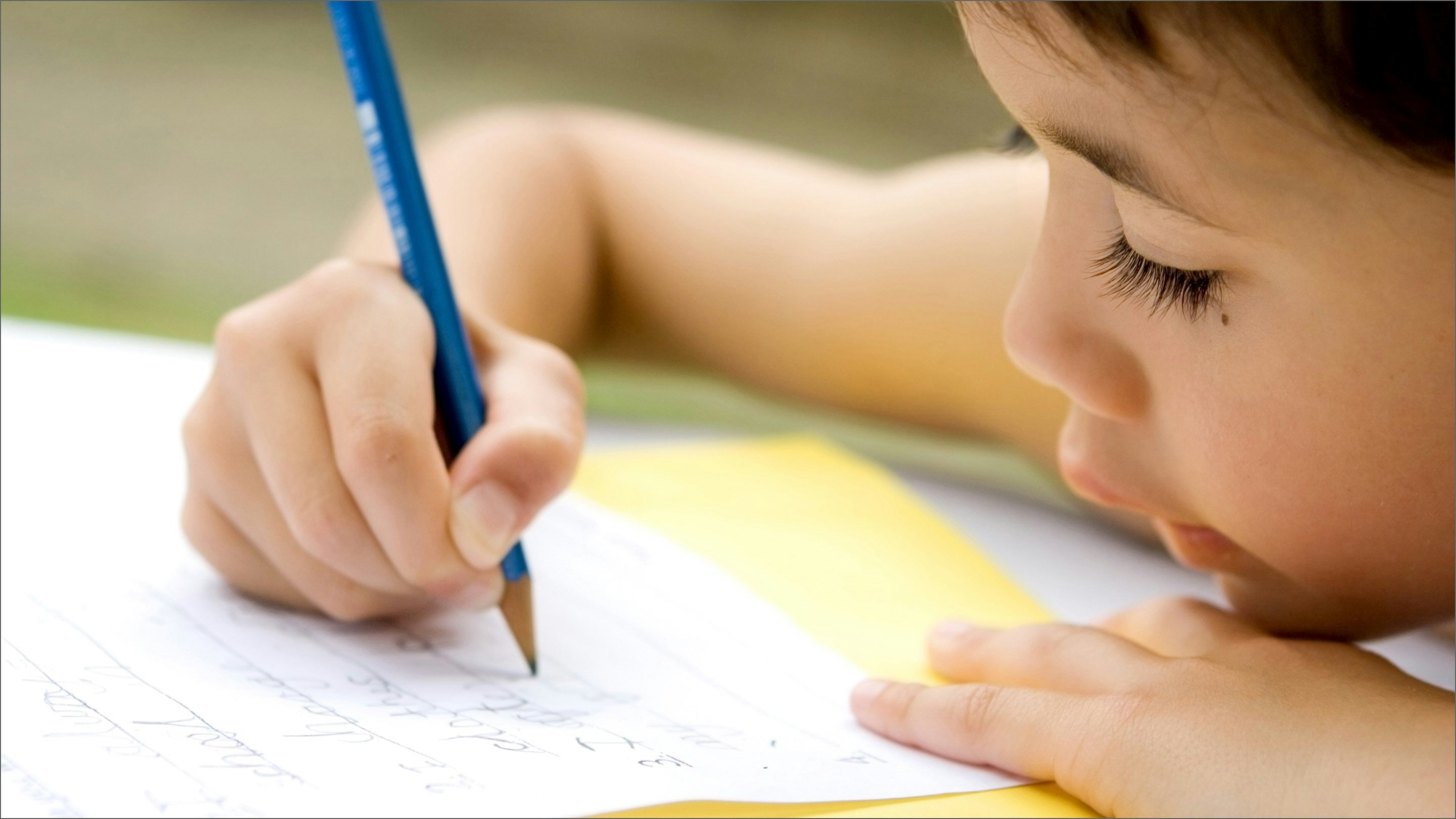
Jan 04, 2018
Dysgraphia – where students experience trouble with writing – might affect up to 20% of the population. Here’s some ways to identify the condition and help students manage.
Tutors deal with many types of students, from those with learning disabilities - like dyslexia and ADHD - to different personality types.
If students are struggling with expressing their thoughts on paper, perhaps finding it difficult to spell correctly or write legibly (or take longer than normal to write clearly), they may have a condition called dysgraphia. Dysgraphia is thought to affect somewhere between 5 – 20% of people, varying with age, and more commonly boys.
Educator Learning Lab founder Jessica Hamman offers some handy tips to accommodate your students’ needs:
Teach cursive: cursive writing is more fluid and faster, which reduces problems with block lettering.
Teach typing: if possible, substitute handwriting with typing.
Provide access to speech-to-text tools: even more assistive than typing, speech-to-text removes writing problems from the learning process altogether.
Use graph paper for math work: students with dysgraphia stay in the lines better using graph paper.
Allow for note-taking accommodations: if students need to copy material, say from a whiteboard or text, allow them to take photos to review later.
Hamman offers more details and links to resources via the story below. She also stresses though that if a student exhibits severe issues with writing, they ought to see an occupational therapist for support.
banner image from https://www.edutopia.org/article/creating-dysgraphia-friendly-classroom
Creating a Dysgraphia-Friendly Classroom https://www.edutopia.org/article/creating-dysgraphia-friendly-classroom
